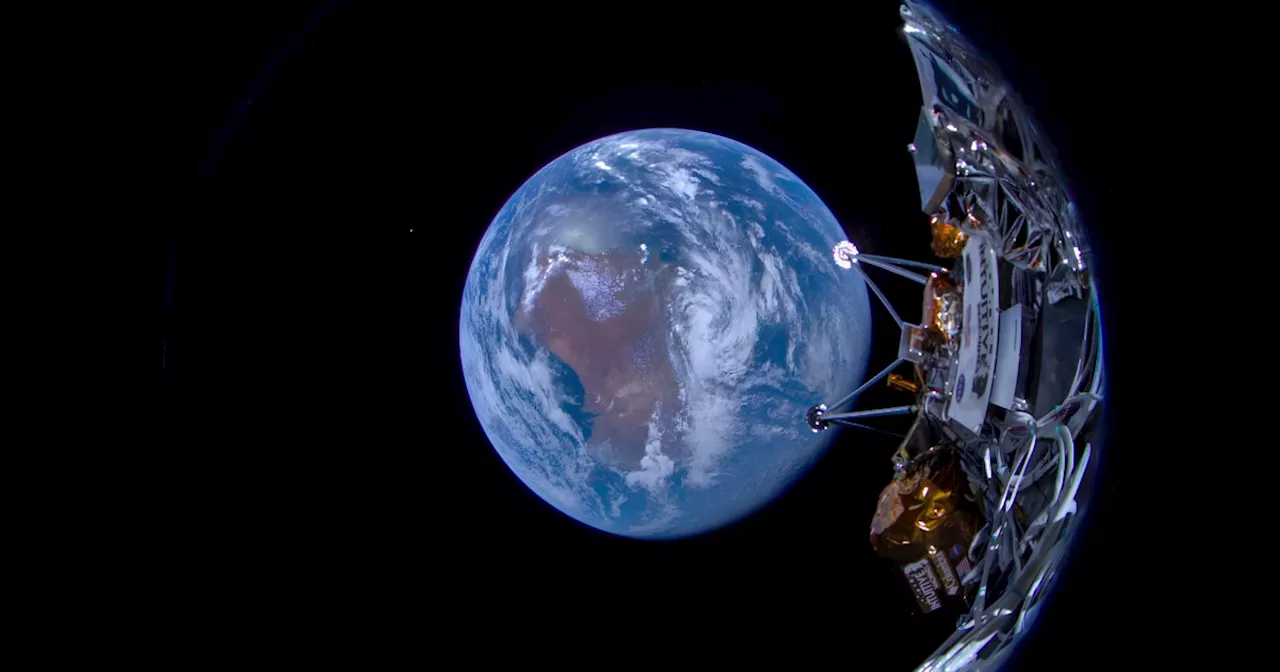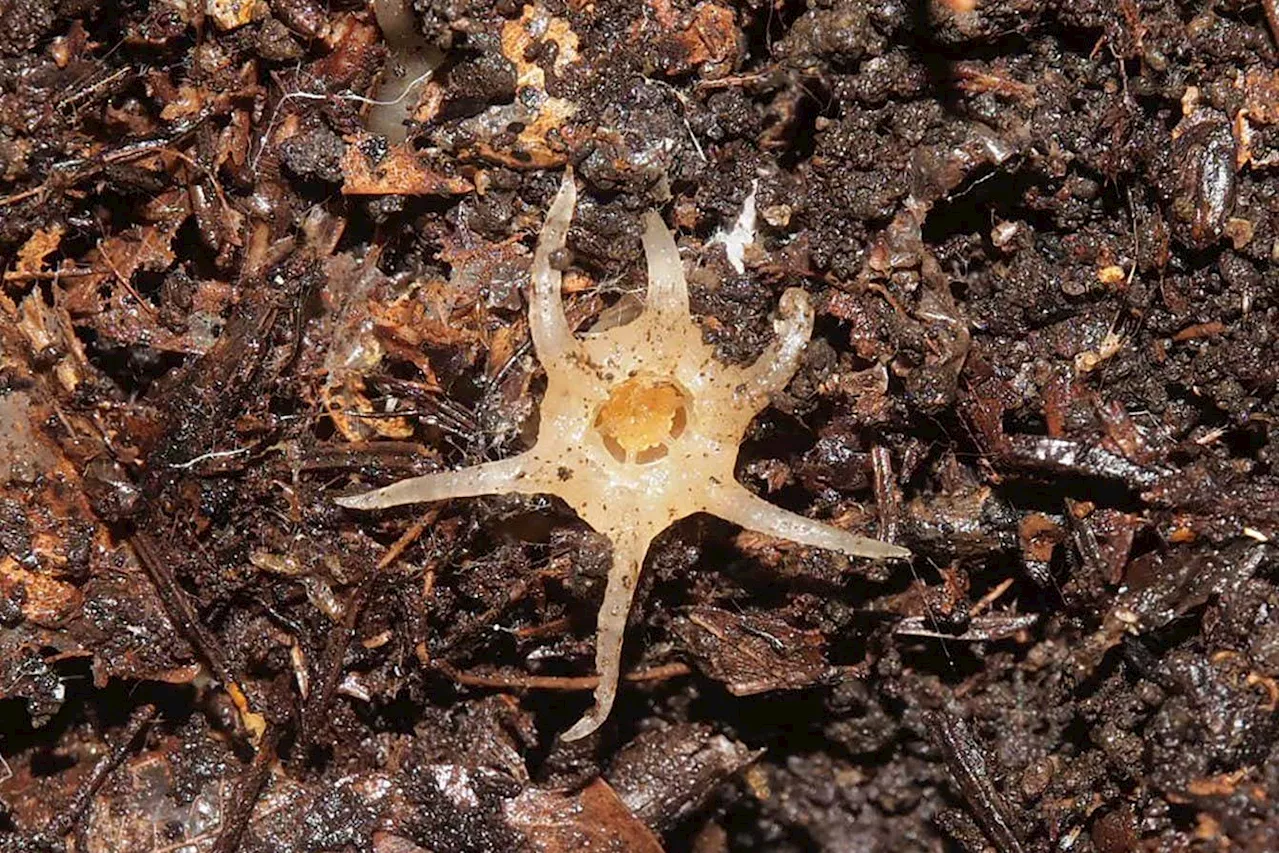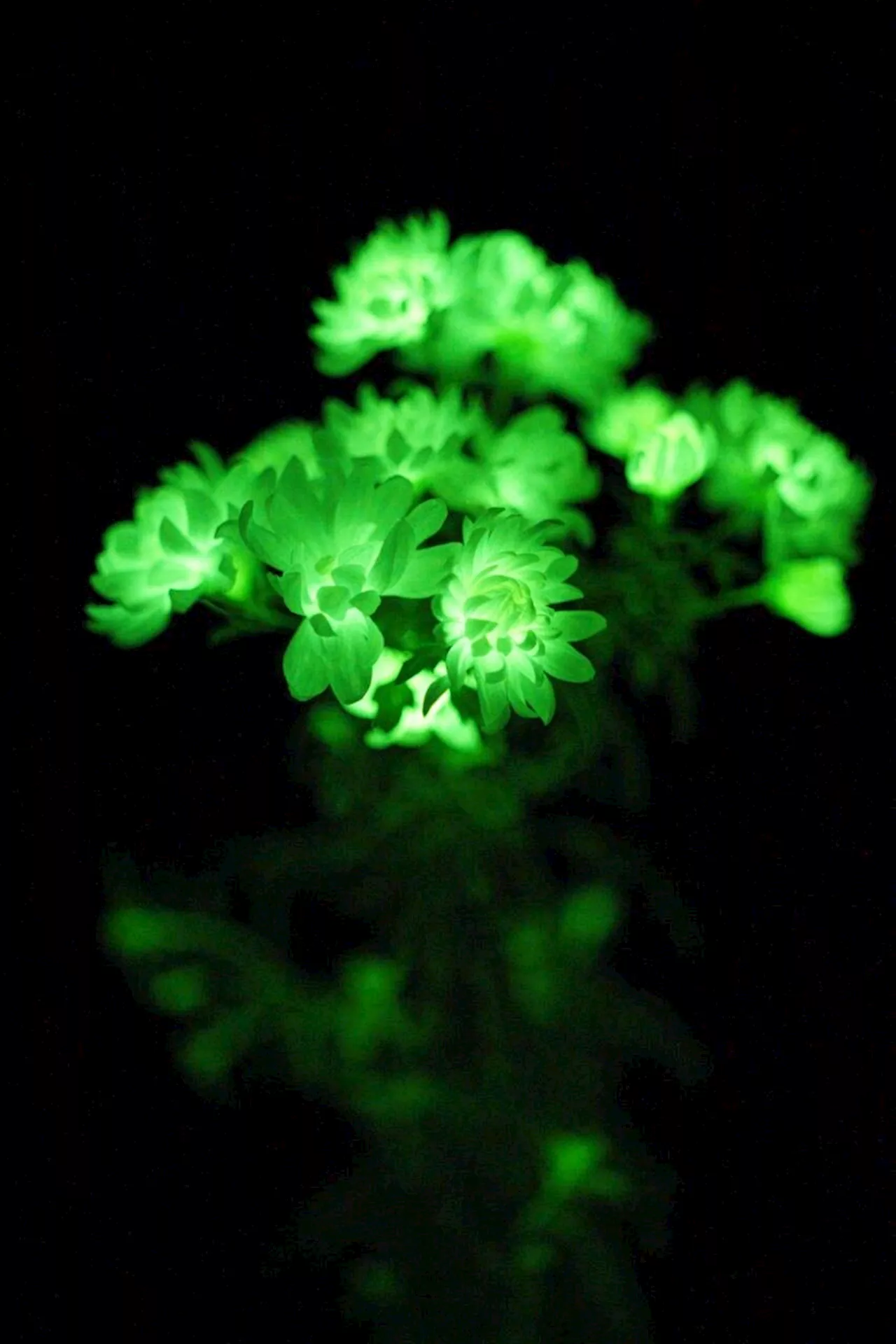In a striking new study published in Science Advances, a team of synthetic biologists led by Karen Sarkisyan at the MRC Laboratory of Medical Sciences, have reported the discovery of multiple plant enzymes—hispidin synthases—that can perform the most complex reaction of the bioluminescence pathway.
Harnessing the mechanisms of fungal bioluminescence to confer autonomous luminescence in plant and animal cellsBy exploiting the hispidin synthase pathway in plants, MRC Laboratory of Medical Sciences scientists have created Chrysanthemums that glow in the dark.
"This technology is a plug-and-play tool to visualize virtually any molecular physiology at the organismal level, completely non-invasively," Sarkisyan states. His work also revealed that not only does a single indigenous plant gene effectively substitute for two, the plant gene is notably smaller and has simpler biological requirements for luminescence. The gene's reduced size also enhances its usability and flexibility, making it more adaptable for extended applications.
Beyond the advances in aesthetics that luminous vegetation may provide to plant lovers, the foundational science offers profound insights into plant molecular physiology. By enabling continuous monitoring of plant responses to various stresses, such asPetunias created to glow in the dark by using metabolic machinery from naturally bioluminescent mushrooms. Credit: Karen Sarkysian, MRC_LMS
"We love growing our bioluminescent petunias, they are truly magical. But beyond aesthetics, understanding how we can adapt self-sustained luminescence to monitorMRC Laboratory of Medical Sciences synthetic biologist Karen Sarkysian observes his glowing plants which could one day be used to signal health or disease. Credit: LightBio
United States Latest News, United States Headlines
Similar News:You can also read news stories similar to this one that we have collected from other news sources.
 Moon landing: 'Odysseus' touches down on lunar surfaceDenise Chow is a reporter for NBC News Science focused on general science and climate change.
Moon landing: 'Odysseus' touches down on lunar surfaceDenise Chow is a reporter for NBC News Science focused on general science and climate change.
Read more »
 Harnessing Women's Power for a Stronger Democracy: Solutions Summit to Take Place March 5-7Democracy Solutions Summit: Ranked Choice Voting, Madam President: Strategies to Elect our First Woman President, women's leadership around the world.
Harnessing Women's Power for a Stronger Democracy: Solutions Summit to Take Place March 5-7Democracy Solutions Summit: Ranked Choice Voting, Madam President: Strategies to Elect our First Woman President, women's leadership around the world.
Read more »
Postdoctoral Associate- Single- Cell and Data Science - Houston, Texas (US) job with Baylor College of Medicine (BCM)The position is intended for Computer Science, Computational Biology, or life science graduates transitioning to a data science and bioinformatics career.
Read more »
 Squid-like plant that lives mostly underground is new to scienceFor the first time in nearly a century, a new genus of plant has been discovered in Japan, but it looks more like a squid or an alien than a plant
Squid-like plant that lives mostly underground is new to scienceFor the first time in nearly a century, a new genus of plant has been discovered in Japan, but it looks more like a squid or an alien than a plant
Read more »
 Women's leadership transforms culture, boosts profits, and advances health.Women's leadership transforms culture, boosts profits, and advances health.
Women's leadership transforms culture, boosts profits, and advances health.Women's leadership transforms culture, boosts profits, and advances health.
Read more »
 Eerie photograph captures whales hunted off Greenland lying in their watery graveHannah Osborne is the planet Earth and animals editor at Live Science. Prior to Live Science, she worked for several years at Newsweek as the science editor. Before this she was science editor at International Business Times U.K. Hannah holds a master's in journalism from Goldsmith's, University of London.
Eerie photograph captures whales hunted off Greenland lying in their watery graveHannah Osborne is the planet Earth and animals editor at Live Science. Prior to Live Science, she worked for several years at Newsweek as the science editor. Before this she was science editor at International Business Times U.K. Hannah holds a master's in journalism from Goldsmith's, University of London.
Read more »
